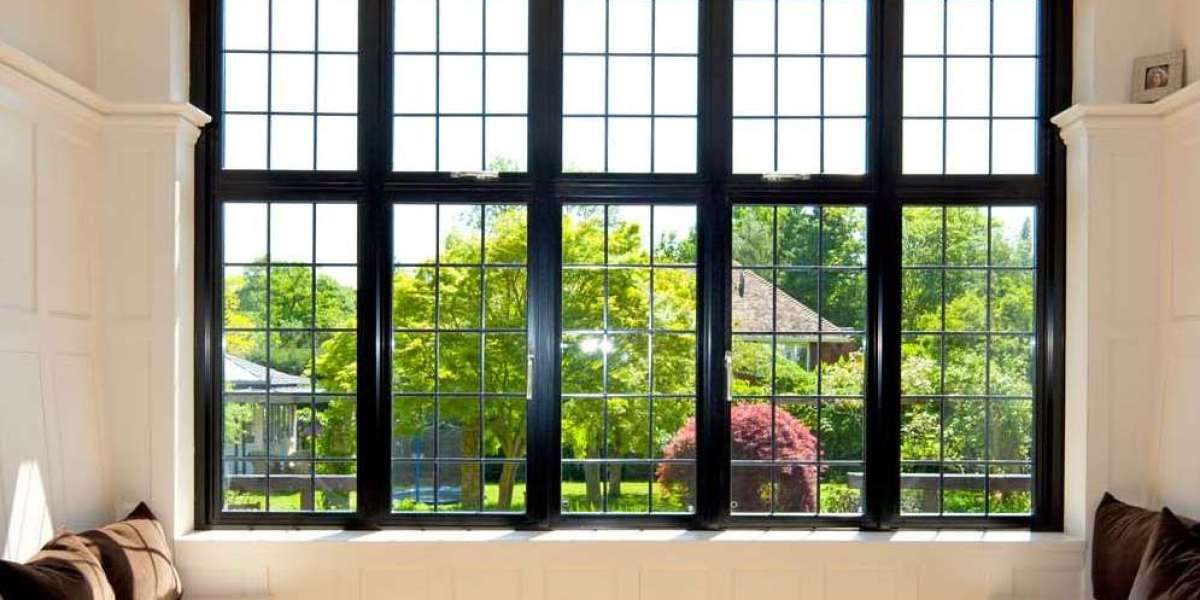Choosing new windows for your home is a significant decision, one that impacts not only the aesthetic and character of your property but also its comfort, energy efficiency, security, and even resale value. Whether you’re upgrading to modern materials, replacing tired frames and panes, or undertaking a larger renovation project, the process of selecting the right windows is more complex than it first appears. This article explores the key considerations involved in choosing new windows, offering a reflective guide for homeowners thinking through their options.
First and foremost, homeowners must consider the architectural style and period of their home. Windows are not merely functional openings in a wall—they contribute fundamentally to the appearance and identity of a property. A Victorian terrace, a 1930s semi, or a contemporary new build all demand different visual treatments. Replacing timber sash windows in a period property with bulky modern uPVC frames, for instance, can jar visually and may even devalue the home. In conservation areas or listed buildings, planning restrictions may even limit your choices, making it essential to respect the visual integrity of the original design.
Beyond aesthetics, thermal performance is an increasingly important factor. As energy costs rise and environmental concerns mount, efficient windows are no longer a luxury—they’re a necessity. Double or triple glazing with gas-filled cavities, low-emissivity coatings, and thermally broken frames help to reduce heat loss, contributing to a more comfortable living environment and lower energy bills. The U-value of a window, which measures how much heat passes through it, is a key metric to understand. The lower the U-value, the better the insulation. Homeowners should also consider solar gain—how much heat from the sun enters the home through the windows. Depending on the orientation of your property, you may want to maximise or minimise this effect.
Another practical dimension is noise reduction. For those living near busy roads, train lines, or flight paths, the acoustic insulation offered by high-performance glazing can dramatically improve quality of life. Laminate glass, for example, can significantly dampen outside noise. In urban areas, this benefit is particularly prized, and can make the difference between a house that feels like a sanctuary and one that doesn’t.
Security is another key consideration. Windows are one of the most common points of entry in burglaries, so choosing a system with robust locking mechanisms, reinforced frames, and toughened or laminated glass can provide peace of mind. The British Standard Kitemark and certifications such as PAS 24 can serve as indicators of a product’s resistance to forced entry. For ground floor and accessible windows, enhanced security features are not just recommended but essential.
Ventilation is sometimes overlooked, but it’s critical to indoor air quality. While airtight windows are great for insulation, homes still need to breathe. This is especially true in properties with older solid wall construction, where moisture can build up quickly without proper ventilation. Trickled vents or windows that tilt for secure airflow offer a solution, allowing fresh air in without compromising safety or energy efficiency. In bathrooms, kitchens, and utility rooms, the importance of ventilation becomes even more pronounced, helping to prevent condensation, mould, and damp.
Materials, too, play a pivotal role. uPVC is cost-effective, low maintenance, and offers good performance, but may not suit every property’s appearance. Aluminium is sleek, strong, and suitable for larger panes of glass, often preferred in modern designs. Timber, while higher maintenance, has a natural aesthetic that is hard to replicate and can offer excellent thermal performance when properly treated. Composite windows, which combine materials like timber on the inside with aluminium on the outside, offer a best-of-both-worlds option that is growing in popularity.
Then there is the matter of glazing itself. Beyond the number of panes, choices such as tinted or obscured glass, self-cleaning coatings, or anti-glare treatments can enhance the function of your windows according to the room’s use. South-facing rooms may benefit from solar control glass to reduce overheating, while bathrooms often require privacy glass. Some households choose integral blinds sealed between panes for a minimalist look and easy cleaning.
Cost naturally looms large in any home improvement decision. It's easy to be swayed by budget concerns, but cutting corners on window quality can lead to long-term disappointment. The cheapest option might not deliver in terms of durability, thermal efficiency, or appearance. It's wise to think in terms of value rather than raw cost. A good window should last for decades, and paying a little more upfront for superior performance and aesthetics can pay off in the long run through energy savings, reduced maintenance, and increased property value.
Window installation quality is as important as the product itself. Even the best windows will underperform if poorly fitted. Drafts, leaks, or misaligned frames can undermine thermal efficiency and compromise security. Choosing an experienced, accredited installer is vital. Look for FENSA or CERTASS registration, and ask for references or examples of previous work. A good installer will not only ensure proper fitting but can also advise on appropriate styles and finishes for your home.
Warranties and aftercare should also be factored into your decision. A reputable supplier will offer clear guarantees covering the frames, glass, and installation. These not only protect your investment but also indicate the supplier’s confidence in their product and workmanship. Aftercare services, such as periodic maintenance or emergency repairs, can also add significant value over time.
Personal preference, finally, plays an undeniable role. Your windows should reflect your taste and how you want your home to feel. Whether you lean toward traditional elegance or a minimalist contemporary look, windows frame your view of the world—and the world’s view of you. They influence how light enters your home, how connected you feel to the outdoors, and how your living spaces flow. Don’t rush the process. Take time to view samples, visit showrooms, and talk through the options with knowledgeable suppliers.
In conclusion, choosing new windows for your home is not merely a functional decision. It’s a holistic process that touches on energy use, aesthetics, comfort, security, and the fundamental character of your living space. Thoughtful selection—guided by professional advice and a clear sense of your home’s needs—can make a transformative difference, turning a house into a warmer, brighter, safer place to live.



